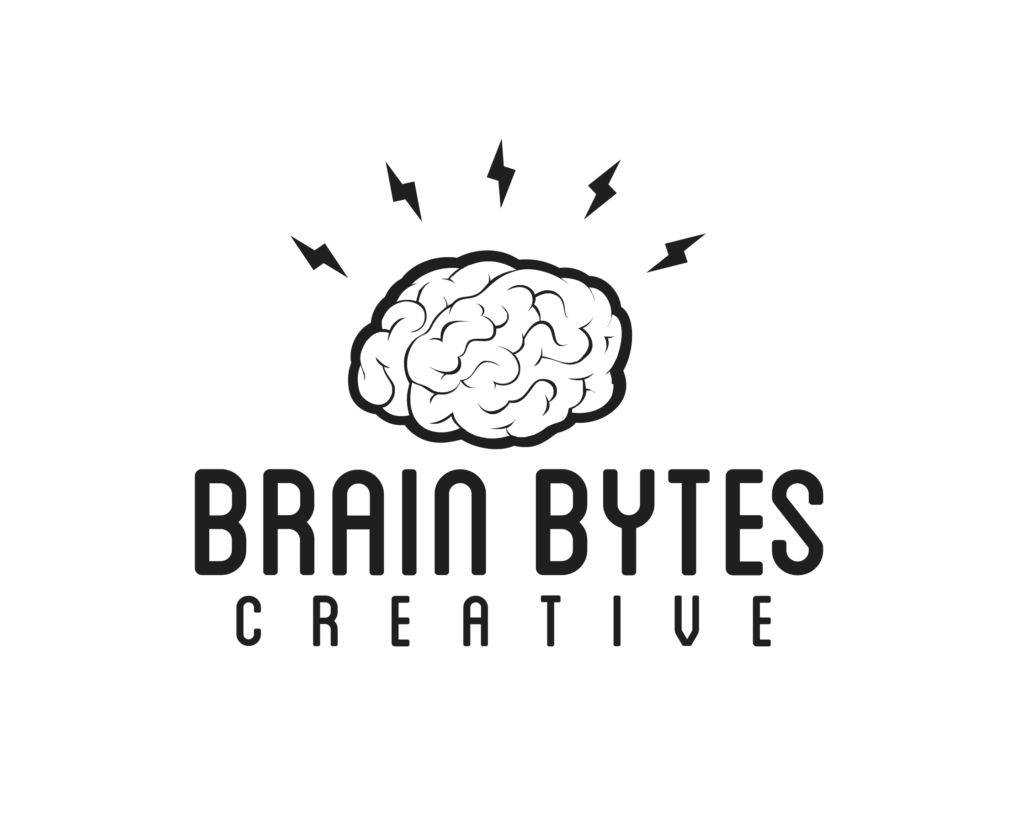How much does a website cost?

If you are asking this question you are likely trying to determine what you will need to budget for a website for your business. You have come to the right place. So how much do your websites cost? Knowing how a great website is created can help give you a better understanding of the cost. […]
8 common misconceptions about SEO

Oh, SEO. If you have not dipped your toes into Search Engine Optimization before, it can seem like quite the beast. Especially when the world of SEO is constantly changing with new discoveries and updates. This in itself can be challenging to keep up with. But when you also throw in all the myths that […]
Is content still key in 2019?

For years, marketing professionals have abided by the axiom that content is essential to success. But successful marketing is a moving target. Does this idea still hold true in 2019? YES! Content is everywhere. A truly massive force in all our lives. It’s reported that 91% of B2B marketers use content marketing! But still, so […]
What your bad website says about your business

Running a business is hard. There’s a lot to stay on top of, and your website might not make it to the top of your priorities list. It takes a lot of time and a lot of work to build a great site, to keep it up to date, and to make sure it’s working […]
Be a thought leader in digital marketing

What is a thought leader? It sounds nebulous; a kind of vague term that we assign to the individual at the head of the table in a conference room stock photo. To set the record straight, here are two undeniable truths I know about thought leaders: The definition of “thought leader” is vague. There’s no […]
Seven reasons why digital agencies get fired

BBC is known as the agency for clients who have been burned by other agencies. But the truth is that we weren’t always so great. In fact, early in our lifecycle, we got fired… a lot. This created the impetus to learn everything we could about why companies fire their agencies. Over the last 7 […]
Five ways to have a successful digital marketing agency in 2019

2018 has not been the best year for advertising agencies. To expand on that fact, agencies did not deserve the best year in 2018. There hasn’t been a significant shakeup in agencies’ MO since the 1950’s and that leads to complacency. What happened in 2018 was client pushback against a system that didn’t work for […]
Driving traffic to your website is key to your success

At Brain Bytes Creative we talk a lot about that dreaded “billboard in the middle of the desert.” Cue creepy music. This concept (that you want to avoid) is pretty simple. It doesn’t matter how beautiful, bright, colorful, or well-intentioned that billboard is. If it isn’t drawing in viewers or catching people’s attention, it isn’t […]